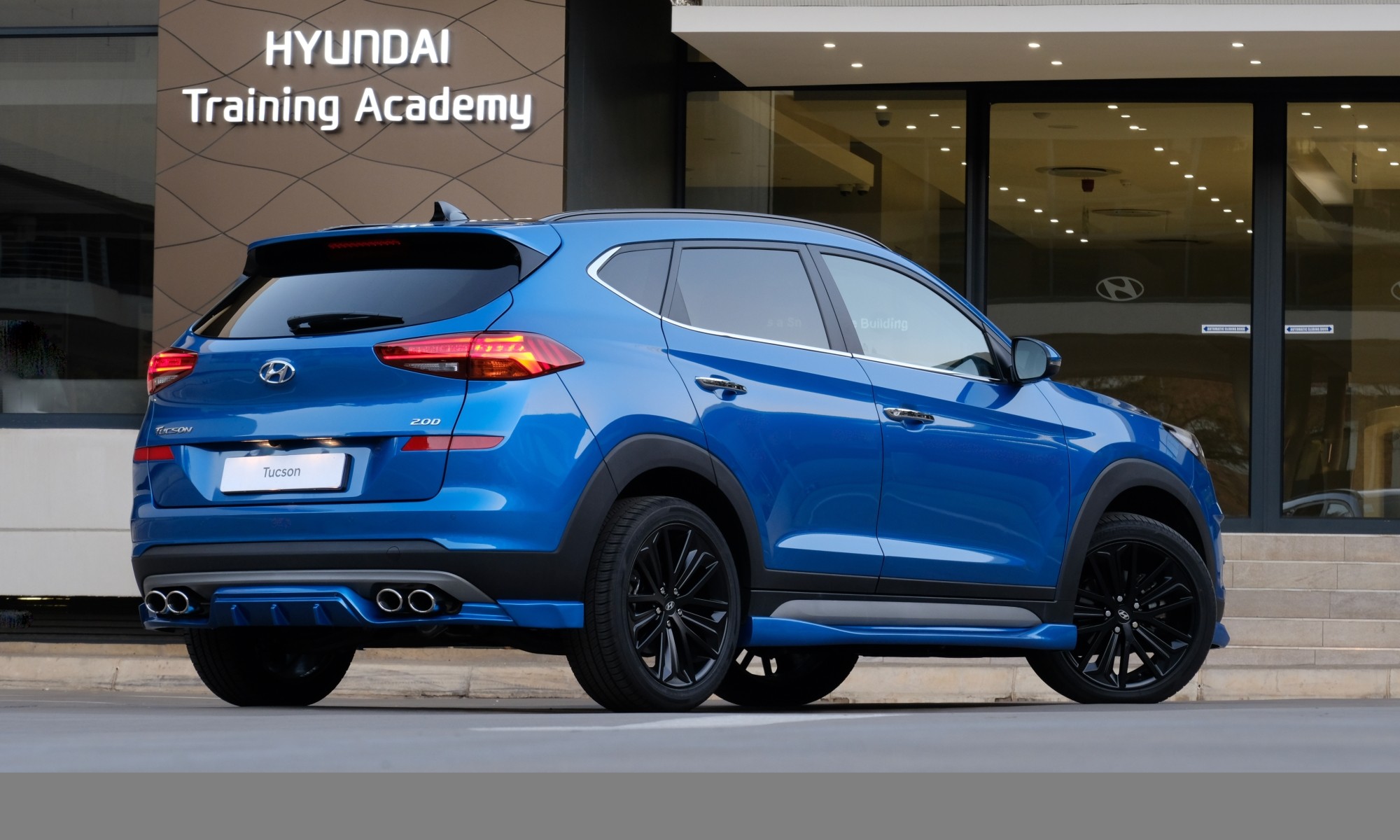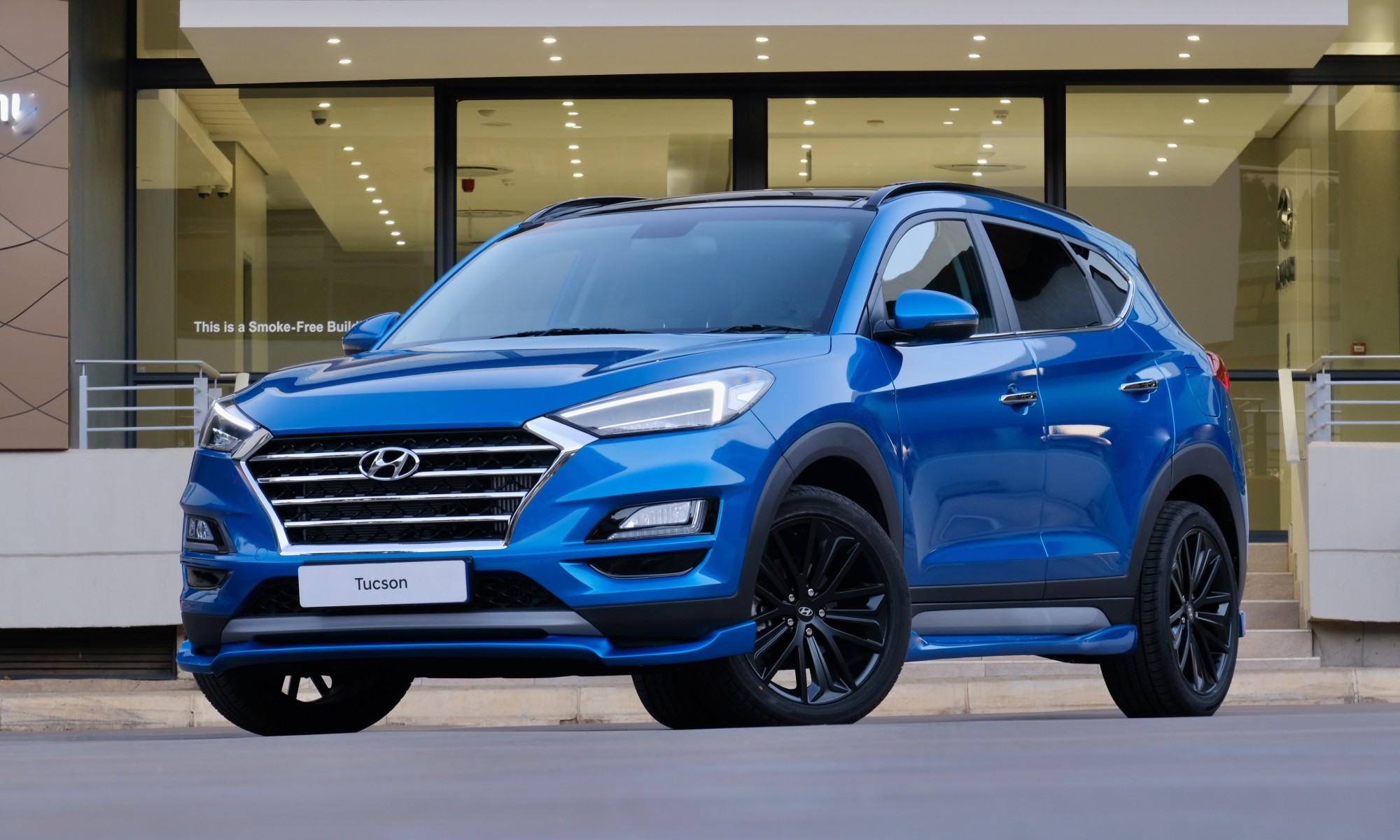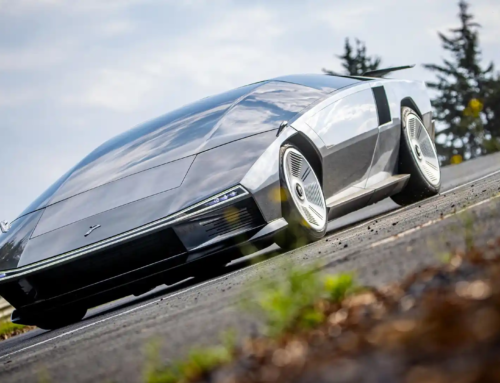A new Hyundai Tucson Sport was introduced into the new car listings this week. We attended the local launch event a few days ago.
Hyundai’s Tucson is a firm favourite in the mid-size SUV segment. The offering from Korea competes against the likes of the Toyota RAV4, Honda CRV and VW Tiguan. In an effort to differentiate the Tucson even further from its rivals, Hyundai SA created a ‘Sport’ version in 2017. This derivative has proven popular among buyers and the derivative has recently been refreshed in keeping with the rest of the facelifted Tucson line-up.
Click here to read about the Hyundai Santa Fe.
Distinct looks
The SA-only model is fitted with a bespoke body kit that features a front spoiler, lower side sills and rear bumper with faux diffuser. Quad exhaust tips, as well as model-specific 19-inch alloys, are other external cues that help create a sportier appearance.
Sport models come comprehensively equipped on the inside. Power adjustment for both front seats is standard, as is black leather upholstery, a full-colour touchscreen infotainment interface with Apple CarPlay and Android Auto connectivity. Other standard items include dual-zone climate control, rear parking assist cameras and a panoramic sunroof.
This Hyundai N Roadster is the sportscar the company should make.
Auto only
From this point on the Hyundai Sport range consists of two automatic models. One is powered by the company’s 1,6-litre turbopetrol motor and is mated with a seven-speed dual-clutch transmission. Power is rated at 150 kW with 300 N.m of torque.
There is a turbodiesel option for those who feel the need to consume less fuel. This engine is available with an eight-speed torque-converter automatic. The oil-burner produces 150 kW as well, but a healthier 460 N.m of torque. Similar to its petrol counterpart it sends all its power to the front wheels only. There is no all-wheel-drive option with either of these powertrains.
How does it go?
On the local ride and drive event, we got to experience both derivatives. Our initial experience was with the diesel derivative. The added punch and extra volume from the new exhaust system are immediately evident. In fact, the local re-tuning of the SUV has not tapped into the car’s safety systems. As a result the torque hit at low revs overwhelms the traction control quite easily. At motorway speeds, the eight-speed automatic shuffles up to a high gear so that you end up cruising at low r/min in eighth gear.
A little later we jumped into the petrol model, which lives up to the ‘sport’ badge a bit more so than the diesel does. The new, deeper soundtrack is punctuated by signature dual-clutch burps and the engine is eager to rev out to the red line. One is also aware of more urge through the middle part of the engine rev range.
Summary
As a marketing exercise, the Tucson Sport has worked for Hyundai SA. Buyers have lapped up the few units that have been available. The limited-edition model, just 50 will be produced per month, should help keep interest high and allow the derivative to maintain some form of exclusivity. If you think the Sport is the Tucson for you, we’d suggest the turbopetrol version as it is the racier of the two.
Pricing
1,6 TGDI Sport DCT R654 900
R2,0 Sport AT R664 900
Prices include:
A five-year/90 000 km service plan, a seven-year/200 000 km manufacturer warranty and roadside assistance for seven years or 150 000 km.






![Ferrari Amalfi Introduced as Roma’s Replacement [w/video]](https://doubleapex.co.za/wp-content/uploads/2025/07/Ferrari-Amalfi-500x383.webp)
![Koenigsegg Sadair’s Spear is a Limited-Edition Track Weapon [w/video]](https://doubleapex.co.za/wp-content/uploads/2025/07/Koenigsegg-Sadairs-Spear-rear-500x383.webp)


Leave A Comment